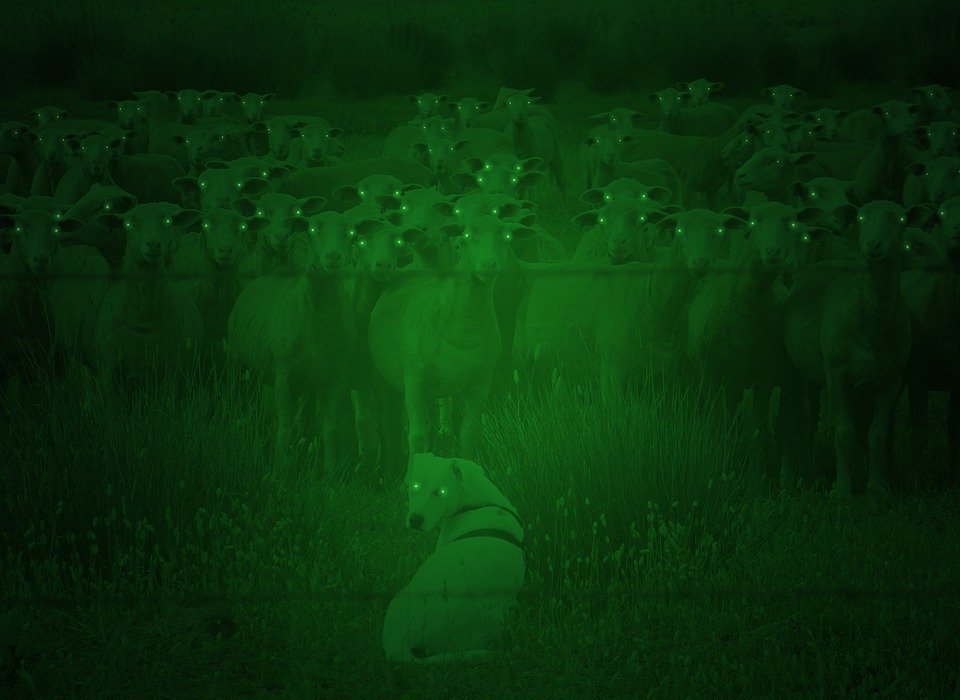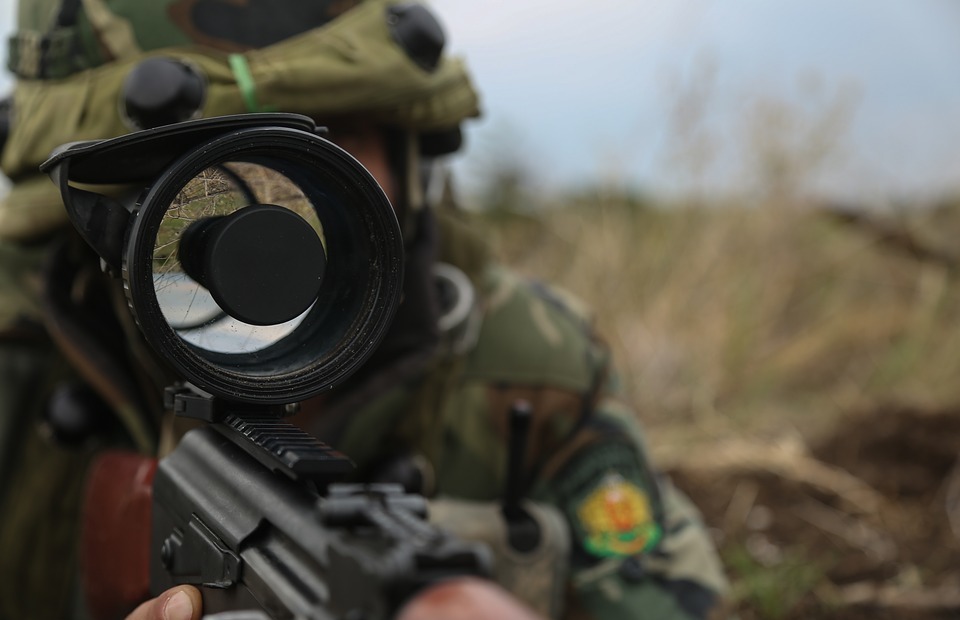This article delves into the fascinating world of feline vision, exploring the unique adaptations that allow cats to see in low-light conditions and navigate their surroundings with remarkable accuracy. We'll unravel the myths and truths surrounding cat night vision, examining the specific structures within their eyes that enhance their ability to perceive light and movement, and how these adaptations contribute to their predatory instincts. We'll also delve into the limitations of cat vision, highlighting areas where their eyesight differs from human vision.
Part 1: Unveiling the Secrets of Feline Eyesight

1.1. The Myth of "Night Vision"
The common phrase "night vision" when describing cats is a bit of a misnomer. While cats are exceptional at seeing in low-light conditions, they don't actually possess true night vision like some nocturnal animals, such as owls. True night vision implies the ability to see in complete darkness, but cats, like most animals, require at least some ambient light to perceive their surroundings.
1.2. The Tapetum Lucidum: A Reflective Layer for Enhanced Vision
One of the key adaptations that enables cats to see in low-light conditions is the tapetum lucidum, a shimmering, iridescent layer located behind the retina. This layer functions like a mirror, reflecting light back through the retina. This process effectively doubles the amount of light that reaches the photoreceptor cells, enhancing their sensitivity and enabling cats to see in dim light levels that humans would find difficult to perceive.
1.3. Pupil Dilation: Expanding the Light Intake
Cats have pupils that can dilate significantly, becoming almost circular in low-light conditions, allowing them to capture a greater amount of light. This dilation is a crucial mechanism for improving their ability to see in dim environments.
1.4. High Concentration of Photoreceptor Cells
In contrast to human eyes, which rely heavily on cones for colour perception, cat eyes have a higher concentration of rods. Rods are specialized photoreceptor cells that are more sensitive to low-light levels and are primarily responsible for detecting movement and shape. This increased density of rods enhances their sensitivity to faint light sources, allowing them to perceive details that are invisible to humans in similar lighting conditions.
1.5. The Unique Arrangement of Photoreceptor Cells
The distribution of rods in the cat retina is also noteworthy. Unlike humans, who have a higher concentration of cones in the central region of their retina (the fovea), providing sharp central vision, cats have a more even distribution of rods across their retina. This means that while they may not have the same level of central visual acuity as humans, their peripheral vision is significantly enhanced, enabling them to detect movement and perceive changes in their surroundings more effectively.
1.6. The Role of the Tapetum Lucidum: A Closer Look
The tapetum lucidum is a fascinating structure that plays a vital role in feline vision. Its reflective properties are due to its unique composition, which includes guanine crystals arranged in a specific way that reflects light back towards the retina. This reflection process allows cats to see in low-light conditions by effectively amplifying the available light. The tapetum lucidum is responsible for the characteristic "eye shine" that is often seen in cats when a light is shone on their eyes in the dark.
Part 2: A Deeper Look at Feline Vision

2.1. The Anatomy of Feline Eyes
- Cornea: The transparent outer layer of the eye, responsible for focusing light onto the lens.
- Iris: The coloured part of the eye that controls the size of the pupil, regulating the amount of light entering the eye. This muscle contraction and relaxation is what allows the pupil to dilate and constrict.
- Lens: A transparent structure that focuses light onto the retina. This lens is flexible and can change shape to focus on objects at varying distances.
- Retina: The light-sensitive inner lining of the eye, containing photoreceptor cells (rods and cones) that convert light into electrical signals. These signals are then sent to the brain via the optic nerve.
- Optic Nerve: The nerve that transmits electrical signals from the retina to the brain, where they are interpreted as images. This nerve is a bundle of nerve fibers that connects the eye to the brain.
- Vitreous humor: The clear gel that fills the space between the lens and the retina. This gel helps to maintain the shape of the eye and provide nutrients to the retina.
2.2. Advantages of Feline Vision:
- Enhanced low-light vision: The combination of the tapetum lucidum, pupil dilation, and high density of photoreceptor cells enables cats to see in dim light levels that are imperceptible to humans. This ability is particularly useful for hunting at dawn and dusk, when their prey is often most active.
- Superior motion detection: Cats are exceptional at detecting movement, thanks to their high concentration of rods and their unique arrangement in the retina. This ability is essential for their hunting instincts and for navigating their surroundings. They can quickly detect subtle movements that humans might miss.
- Peripheral vision: Cats have a wider field of vision than humans, encompassing a larger area around them. This allows them to detect threats from multiple directions, providing them with a greater awareness of their surroundings.
2.3. Limitations of Feline Vision
While cats have impressive visual adaptations, their vision also has limitations:
- Colour vision: Cats are dichromats, meaning they can only perceive two primary colours, likely blue and green. They struggle to distinguish between shades of red and orange, appearing as shades of green to them. This limitation is likely a result of having fewer cone cells, which are responsible for colour perception.
- Nearsightedness: Cats are nearsighted, meaning they have difficulty focusing on distant objects. This is related to the shape of their eyes, which are adapted for close-range vision, making them more efficient at seeing objects that are close to them. This adaptation is likely beneficial for their hunting and navigation within their immediate surroundings.
- Limited depth perception: While their eyes are positioned more laterally than human eyes, providing some degree of depth perception, it is not as well-developed as in humans. This can make it challenging for cats to judge distances accurately, especially for objects at a distance. This limitation might explain why cats sometimes misjudge the distance of objects and might bump into them.
Part 3: The Impact of Feline Vision on Behaviour

3.1. Hunting and Predatory Instincts
Cats' superior low-light vision and motion detection capabilities are directly linked to their hunting instincts. Their ability to see in dim light allows them to hunt effectively at dawn and dusk, when their prey is most active. They can easily track the movement of prey, even in dimly lit environments, thanks to their sensitive photoreceptor cells. This advantage gives them a significant edge when pursuing prey in low-light conditions.
3.2. Navigation and Orientation
Cats rely on their vision for navigation and orientation. Their wide field of vision helps them avoid obstacles and navigate their surroundings effectively. Their ability to see in low-light conditions allows them to move freely even in dimly lit spaces. This ability is essential for their independence and ability to explore their environments.
3.3. Social Interaction
While cats are primarily visual creatures, their communication with other cats and humans involves a combination of visual cues, vocalizations, and scent. Their facial expressions, body language, and eye contact play a vital role in social interaction. For example, a slow blink can be interpreted as a sign of trust and affection between cats and humans.
Part 4: FAQs about Feline Eyesight
4.1. How do cats see in the dark?
Cats don't see in complete darkness. They require some ambient light to see. Their enhanced vision in low light is primarily due to the tapetum lucidum, which reflects light back through the retina, increasing its sensitivity. This amplification of light allows them to perceive details in dim lighting that humans wouldn't be able to see.
4.2. Can cats see colours?
Cats are dichromats, meaning they can only perceive two primary colours, likely blue and green. They have difficulty distinguishing between shades of red and orange. This limitation is related to the fact that cats have fewer cone cells, which are responsible for colour perception.
4.3. Are cats night owls?
While cats are often associated with nocturnal behaviour, their activity patterns are more complex. Some cats may be more active at night due to their enhanced low-light vision, while others may prefer daytime activity. Their activity patterns can be influenced by factors such as their age, health, and environment.
4.4. Why do cats' eyes glow in the dark?
The glow you see in cats' eyes in the dark is the reflection of light from the tapetum lucidum. It's not a light source itself but a reflection of external light. The tapetum lucidum acts like a mirror, reflecting light back towards the retina, and this reflected light is what creates the glowing effect.
4.5. How can I tell if my cat has vision problems?
Signs of vision problems in cats include bumping into objects, reluctance to jump, avoiding bright lights, cloudiness in the eye, squinting, and changes in pupil size. If you notice any of these signs, consult a veterinarian immediately. Early detection and treatment of vision problems can help preserve your cat's eyesight and quality of life.
4.6. Do cats have better vision than humans?
While cats have enhanced low-light vision and motion detection capabilities, they have limited colour perception and are nearsighted. Therefore, their vision is better adapted for certain tasks, such as hunting in low-light conditions, but not necessarily superior in all aspects. It is important to recognize that cats and humans have different visual capabilities that are adapted to their unique needs and environments.
Everyone is watching

Are Cat Ribs Flexible? Understanding Their Anatomy
CATS & KITTENSThis article delves into the fascinating world of feline anatomy, exploring the flexibility of cat ribs and ho...

Can Cats Eat Bananas? (Everything You Need to Know)
CATS & KITTENSThis article dives into the intriguing question of whether cats can safely enjoy the sweet, yellow fruit, bana...

Cat Lifespan: How Long Do Cats Live?
CATS & KITTENSThis comprehensive guide explores the factors influencing the lifespan of our feline companions, providing ins...

Can Cats Get COVID-19? What You Need to Know
CATS & KITTENSThis article will delve into the fascinating world of feline COVID-19 susceptibility. We'll explore whether ca...

Can Cats Eat Eggs? A Complete Guide to Egg Safety for Your Feline Friend
CATS & KITTENSWhen it comes to treating our furry companions, we all want to ensure we're doing what's best for them. Eggs...
